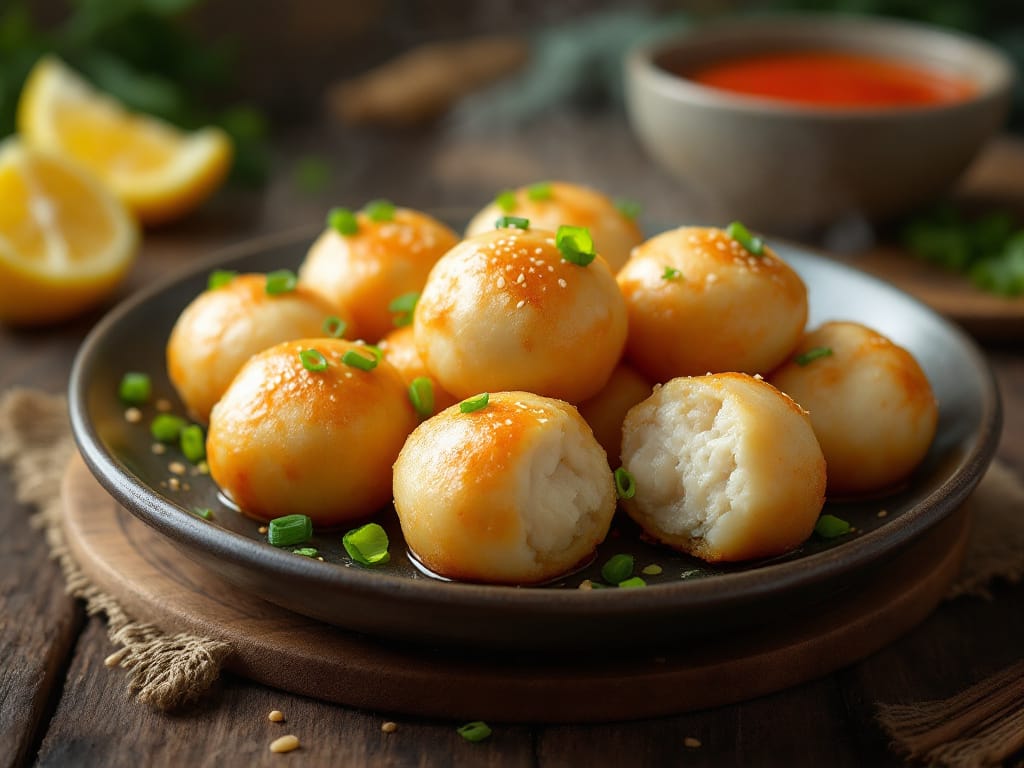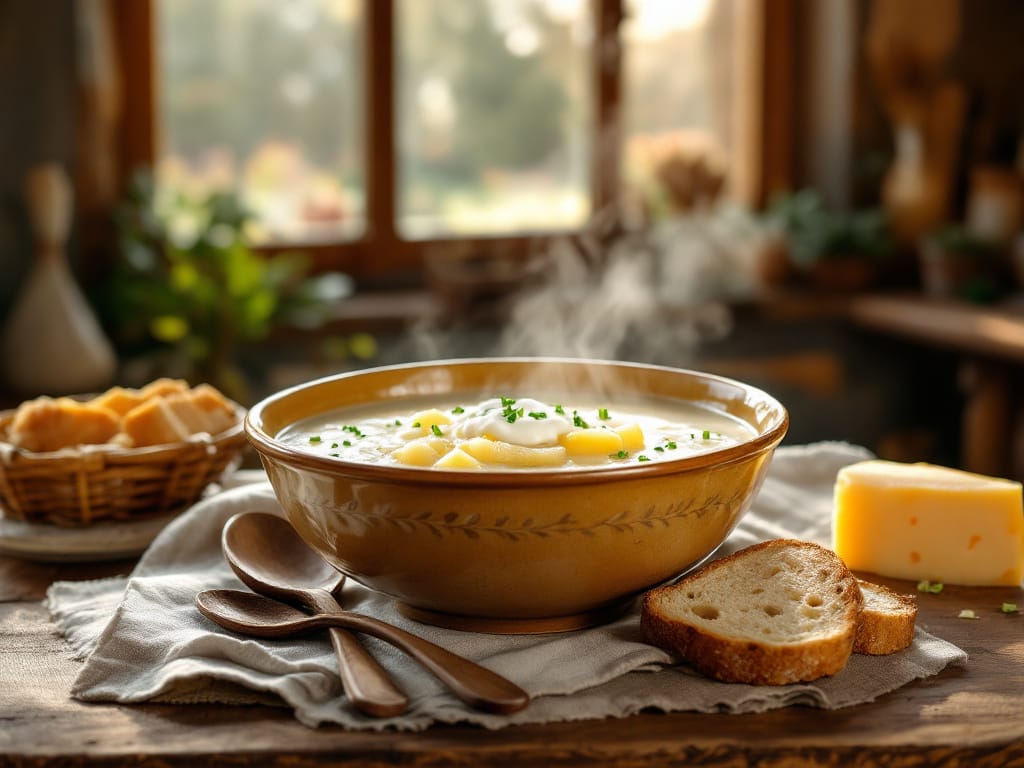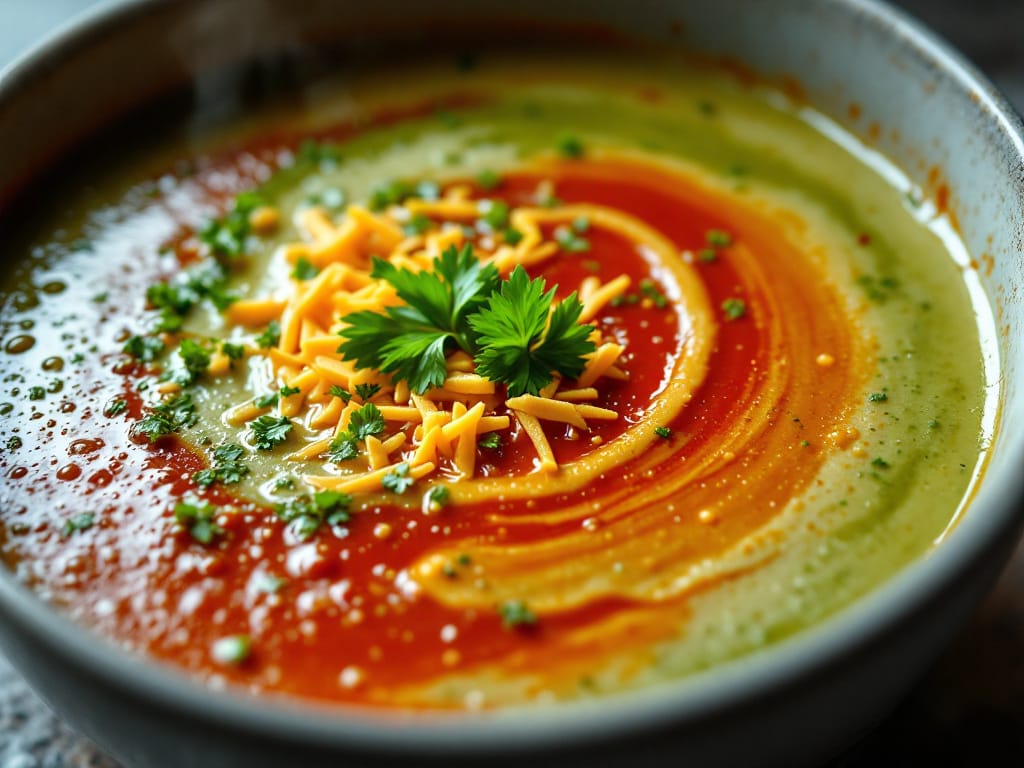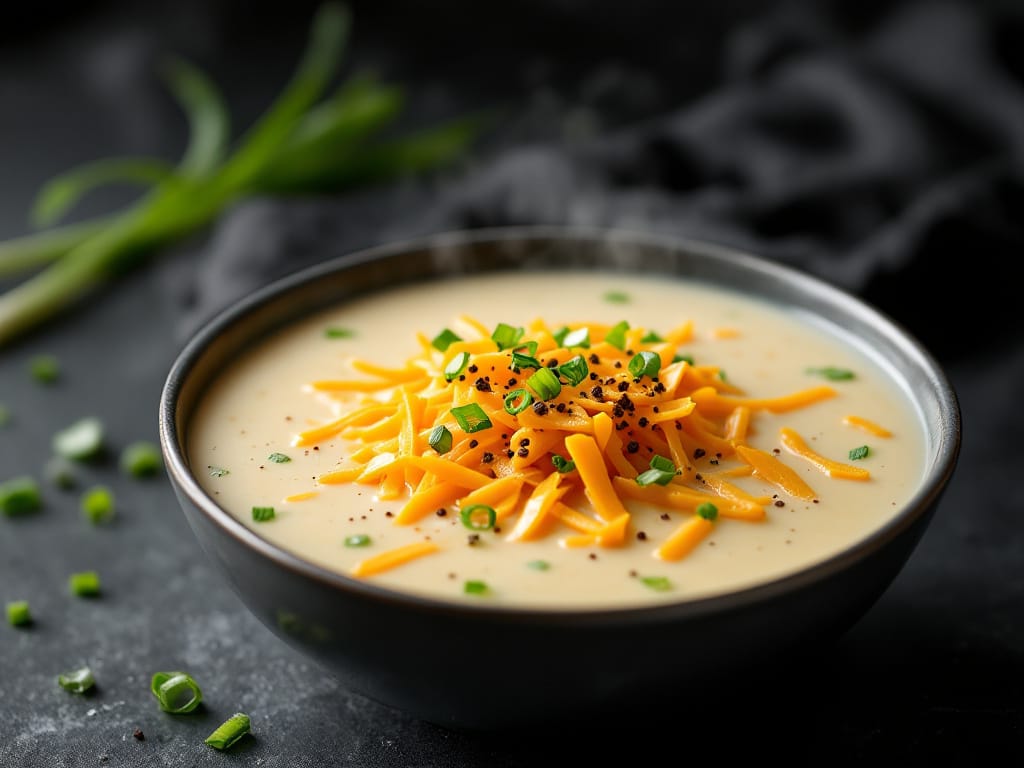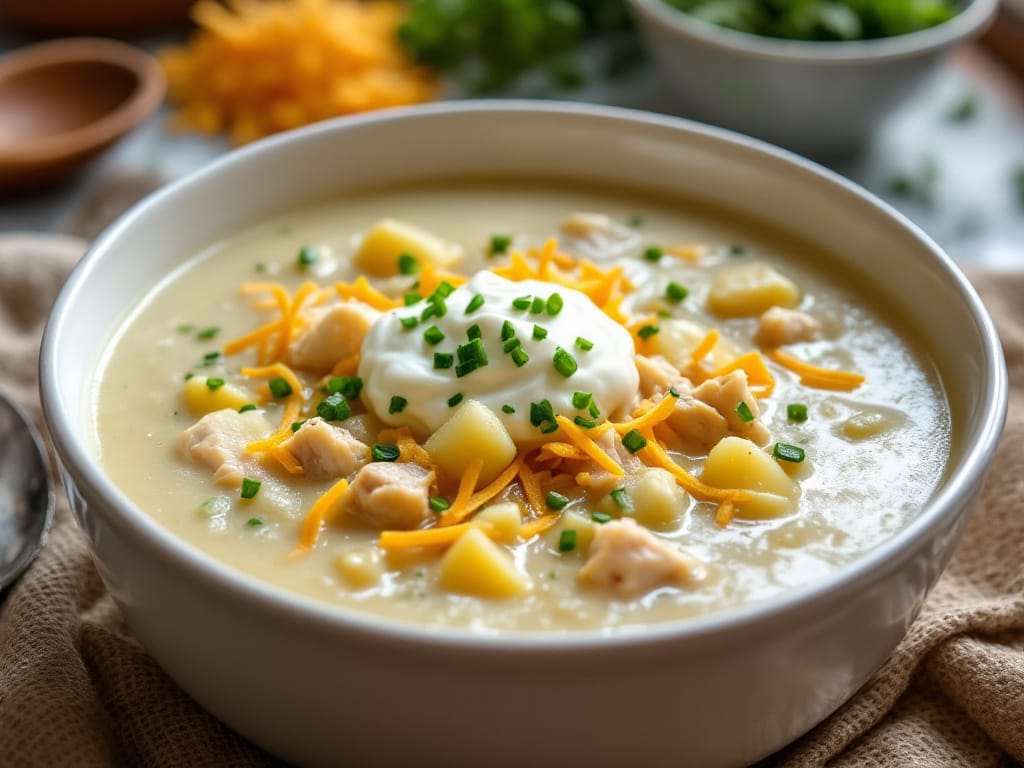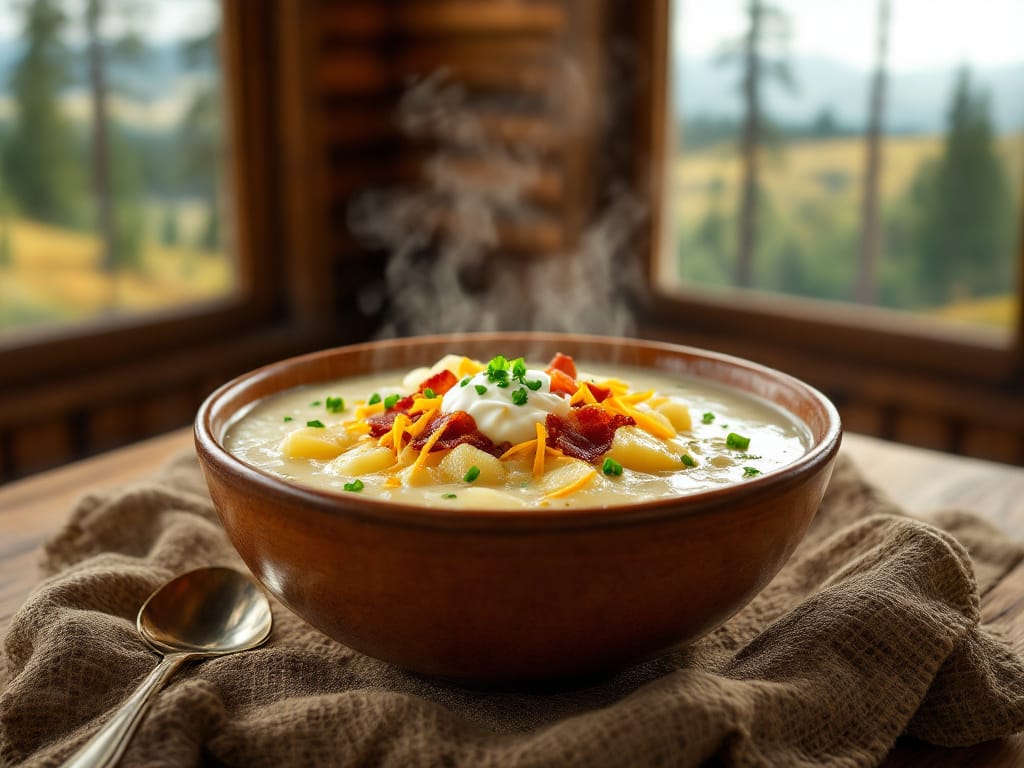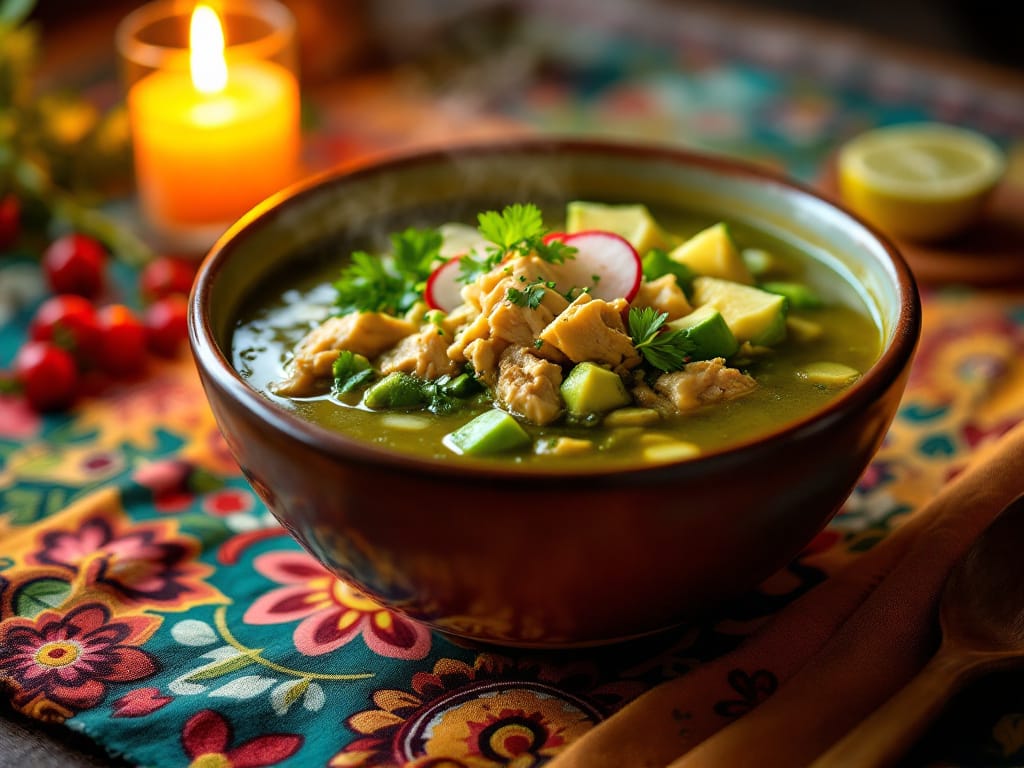Fish balls are a beloved culinary treat cherished in many cultures, particularly across Asian cuisines. These bite-sized delights are versatile, bursting with flavor, and surprisingly easy to make at home. This guide will help you craft fish balls that are bouncy, tender, and full of authentic taste.
What Are Fish Balls?
Fish balls are small, spherical treats made from finely minced fish paste. They are commonly featured in dishes such as hot pots, soups, and stir-fries or enjoyed as a standalone snack. Originally hailing from Chinese cuisine, fish balls have become a street food favorite in the Philippines and are integral to other Asian culinary traditions.
To achieve the perfect fish ball, a harmonious mix of fresh fish, binding agents, and seasonings is essential. For an in-depth look at preparation techniques, explore the Fish Chowder, ensuring your recipe is off to the best start.
Nutritional Benefits of Fish Balls
Fish balls are not just a flavorful treat; they are also a nutritious snack option packed with essential nutrients:
- High Protein Content: Fish balls provide a lean source of protein, which aids in muscle repair, growth, and overall energy. They are an excellent alternative to heavier protein options like red meat.
- Rich Omega-3 Fatty Acids: These essential fatty acids in fish balls support brain health, enhance heart function, and reduce inflammation, making them a valuable addition to a balanced diet.
- Low Calories: Fish balls are a light yet satisfying snack, making them ideal for those aiming for a guilt-free indulgence.
Ingredients You’ll Need
To create delicious and bouncy fish balls, it’s essential to start with the right ingredients. From choosing the best fish to adding the perfect seasonings, here’s everything you need:
Selecting the Right Fish
For a smooth and flavorful fish paste, choose from these popular varieties:
- White Fish (e.g., cod, pollock): Known for their mild flavor, they create a neutral base that works well with seasonings.
- Tilapia: Affordable and widely available, making it a budget-friendly option.
- Mackerel: Ideal for a richer and more robust taste.
Always ensure your fish is fresh to enhance the texture and flavor of your fish balls.
Essential Ingredients
To prepare a perfect batch of fish balls, gather the following:
- Fish Paste: 500g of your chosen fish, finely minced or blended into a smooth consistency.
- Binding Agents:
- 2 tbsp cornstarch or flour (to hold the paste together).
- Seasonings:
- 1 tsp salt
- 1 tsp sugar
- 1 tbsp minced garlic
- 1 tsp black pepper
- 2 tbsp soy sauce or cooking wine
These ingredients form the base of the recipe, allowing for customization based on personal preferences or regional variations.
Tools for Preparation
Making fish balls at home is straightforward when you have the right tools. These will help ensure the process is smooth and efficient:
- Food Processor: Essential for creating a smooth and even fish paste. It saves time and ensures the right consistency.
- Mixing Bowls: Use a few bowls for combining ingredients and storing the prepared paste. A non-slip bowl is ideal for mixing thoroughly.
- Spoon or Melon Baller: These tools make it easy to shape the paste into uniform balls, ensuring they cook evenly. If unavailable, you can use your hands with a little water to prevent sticking.
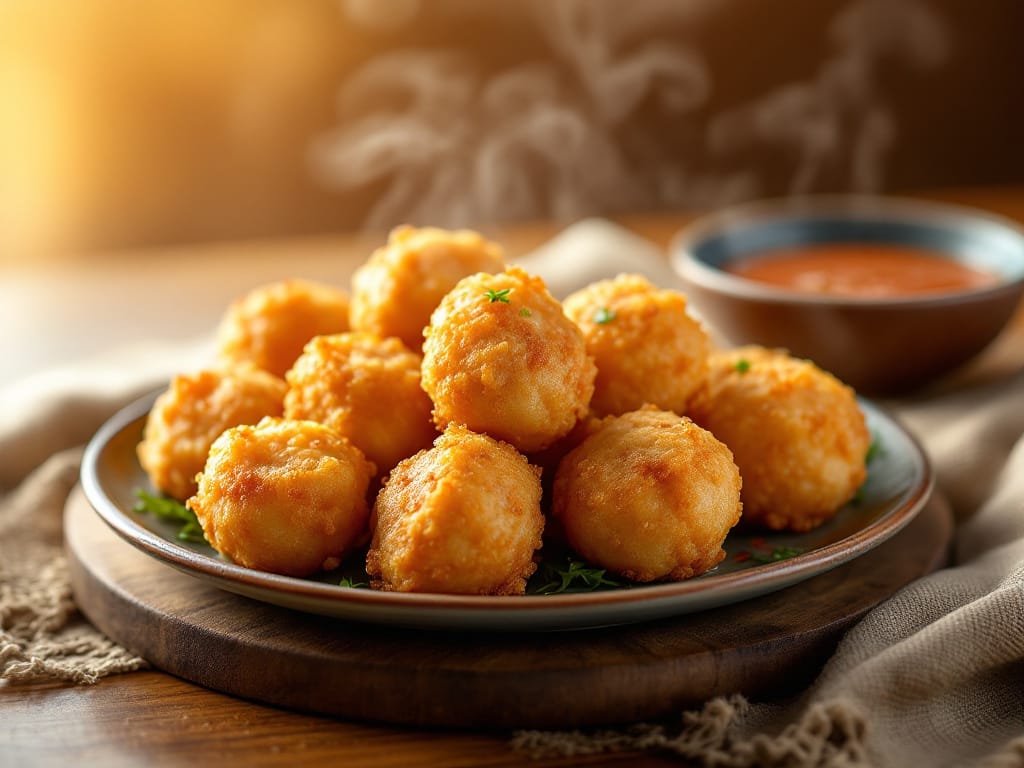
Step-by-Step Recipe
Creating perfect fish balls involves a straightforward process, from preparing the fish paste to cooking them to perfection. Follow these steps for delicious results:
1. Preparing the Fish Paste
- Chop the fish into small, manageable pieces and place them in a food processor.
- Add ice-cold water (around 2 tbsp) while blending. This helps maintain a smooth texture and keeps the paste cool.
- Mix in the seasonings (salt, sugar, garlic, black pepper, and soy sauce) and cornstarch to form a cohesive and elastic paste.
2. Shaping the Fish Balls
- Wet your hands or use a spoon to prevent the paste from sticking.
- Shape the fish paste into small, uniform balls.
- Ensure consistent sizing for even cooking and a professional appearance.
3. Cooking the Fish Balls
Choose a cooking method based on your preference:
- Boiling: Drop the fish balls into boiling water. They are ready when they float to the top, which takes about 3-5 minutes.
- Deep-frying: Heat oil in a pan and fry the balls until golden and crispy for a crunchy exterior.
- Steaming: Steam the balls for 8-10 minutes for a healthier option while retaining their bouncy texture.
Common Mistakes to Avoid
- Overmixing: This can make the paste too sticky and dense, affecting the texture.
- Undermixing: Failing to mix thoroughly may result in crumbly fish balls.
- Incorrect Cooking Temperatures: Cooking at too high or low a temperature can ruin the texture and flavor.
By following these steps and tips, you’ll achieve tender, flavorful, and perfectly cooked fish balls.
Serving Suggestions
Fish balls are a versatile dish that can be enjoyed in many ways, making them perfect for different meals and occasions. Here are some popular serving ideas:
- In a Hot Pot: Add fish balls to a bubbling hot pot with vegetables, noodles, and broth. They absorb the flavors of the soup, enhancing their taste.
- With a Spicy Fish Ball Sauce: Pair with a sweet or spicy dipping sauce for a bold, flavorful snack. You can even create your own sauce using soy sauce, chili paste, and a dash of sugar.
- In Soups or Stir-Fries: Use fish balls as a protein-rich addition to noodle soups or stir-fried vegetable dishes for a wholesome, hearty meal.
To explore another way of Fish Chowder, try this Ultimate Fish Chowder Recipe for a diner.
Storage Tips
Proper storage ensures your fish balls stay fresh and delicious for future meals:
- Refrigeration: Store cooked fish balls in an airtight container in the fridge for up to 3 days.
- Freezing: Arrange the fish balls on a tray in a single layer and freeze. Once frozen, transfer them to a freezer-safe bag or container. This method keeps them fresh for up to 3 months.
- Reheating: Steam or boil the fish balls directly from frozen. This helps maintain their bouncy texture without drying them out.
With these tips, you can easily enjoy homemade fish balls whenever you crave them!
Frequently Asked Questions
Can I use frozen fish for fish balls?
Yes, frozen fish can be used, but it’s crucial to thaw it completely and drain off any excess moisture. This ensures the fish paste has the correct consistency and doesn’t become too watery.
What makes fish balls bouncy?
The bouncy texture comes from vigorously mixing the fish paste. This process incorporates air into the paste, giving the fish balls their signature elasticity and lightness.
Are fish balls gluten-free?
Yes, fish balls can be made gluten-free if you use cornstarch instead of flour as the binding agent. Ensure all seasonings and additional ingredients are also gluten-free to avoid cross-contamination.
How long can I store homemade fish balls?
- Frozen: Fish balls can last up to 3 months when stored properly in a freezer.
- Refrigerated: Freshly made or cooked fish balls should be consumed within 3 days when kept in an airtight container in the fridge.
Can I bake fish balls instead of frying?
Absolutely! For a healthier option, place the fish balls on a baking tray and bake them at 375°F (190°C) for 15-20 minutes, flipping them halfway through to ensure even cooking. This method retains the flavor while cutting down on added fats.
Conclusion
Making homemade fish balls is a fun and rewarding culinary experience that brings a delicious, nutritious snack or meal to your table. With just a few simple ingredients and easy-to-follow steps, you can create bouncy, flavorful fish balls that can be enjoyed in a variety of dishes. Whether you boil, fry, or steam them, these versatile treats are perfect for any occasion. By mastering this basic recipe, you can experiment with different fish varieties and seasonings to tailor the dish to your tastes. Enjoy the process, and most importantly, savor the delightful results!

